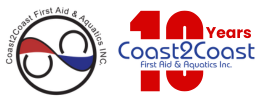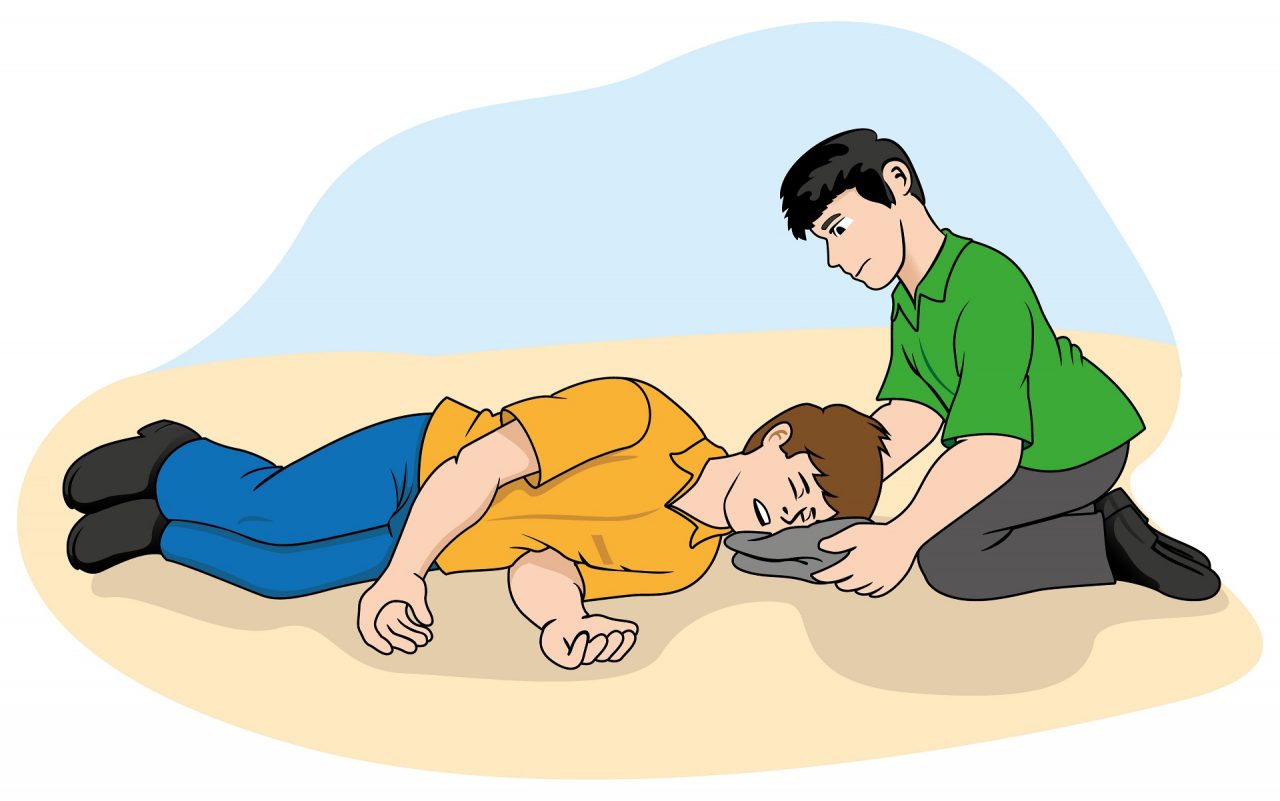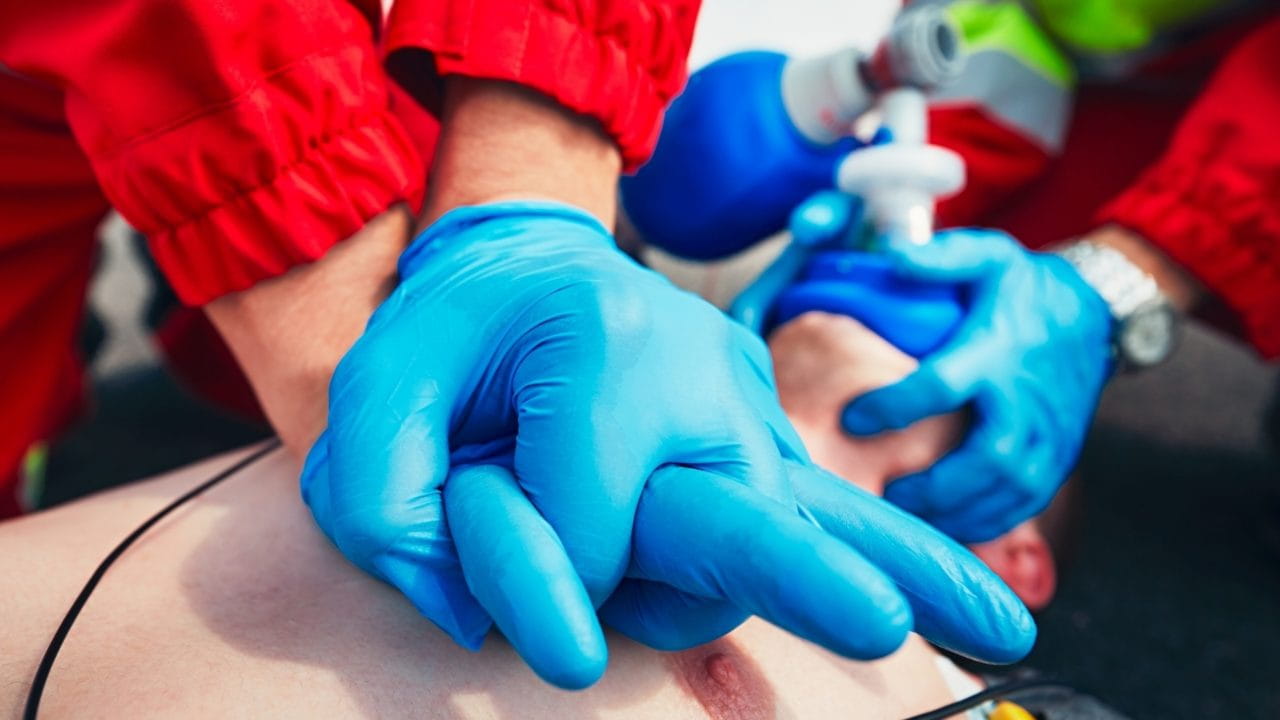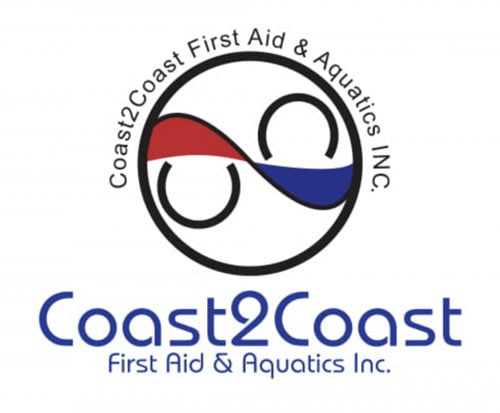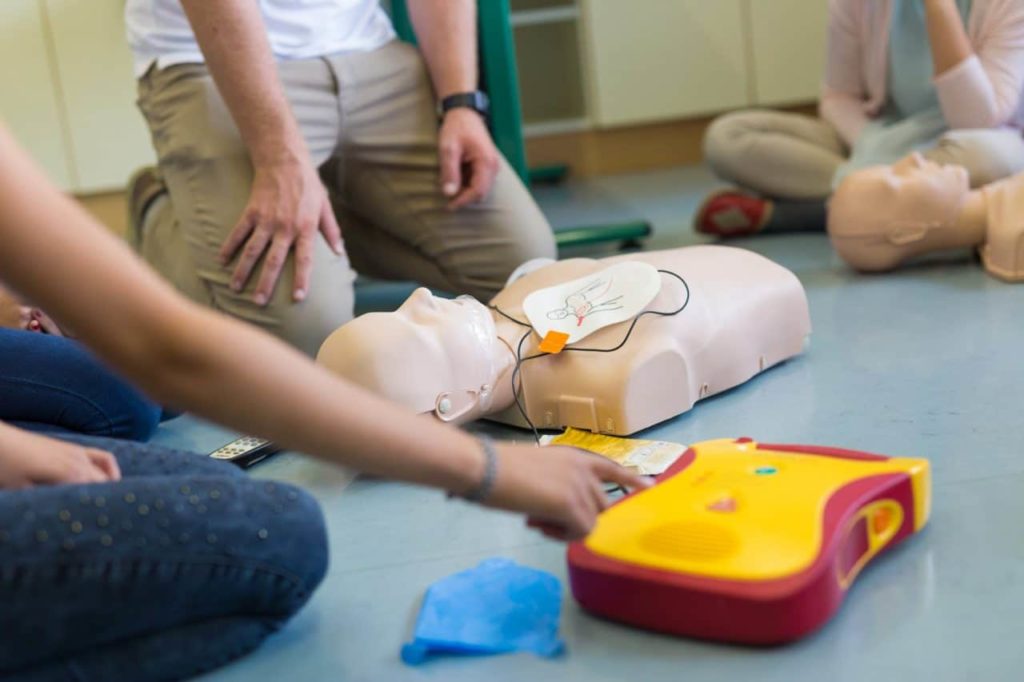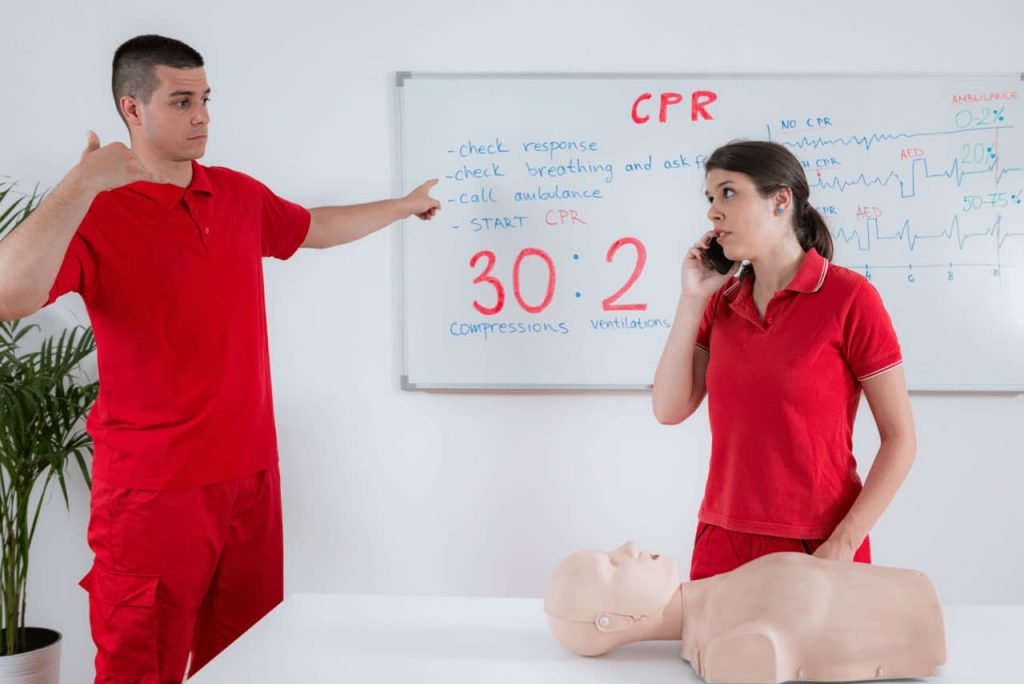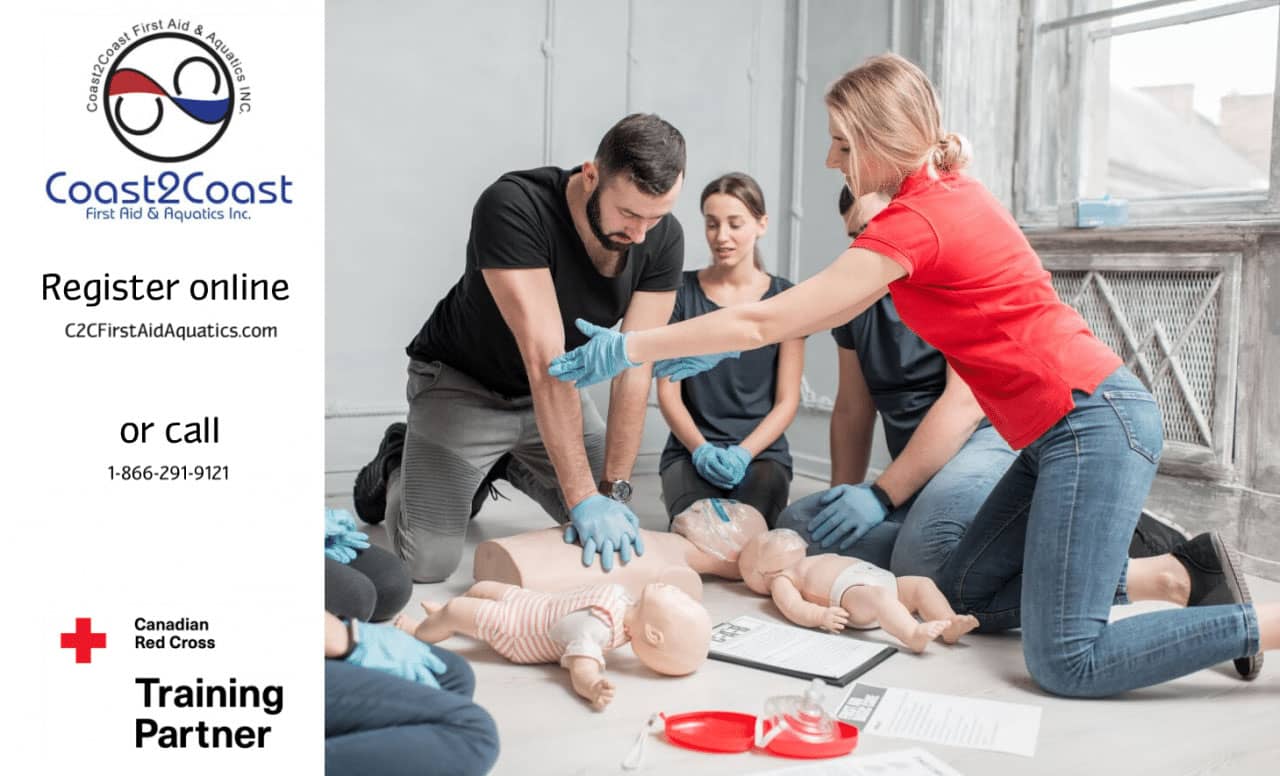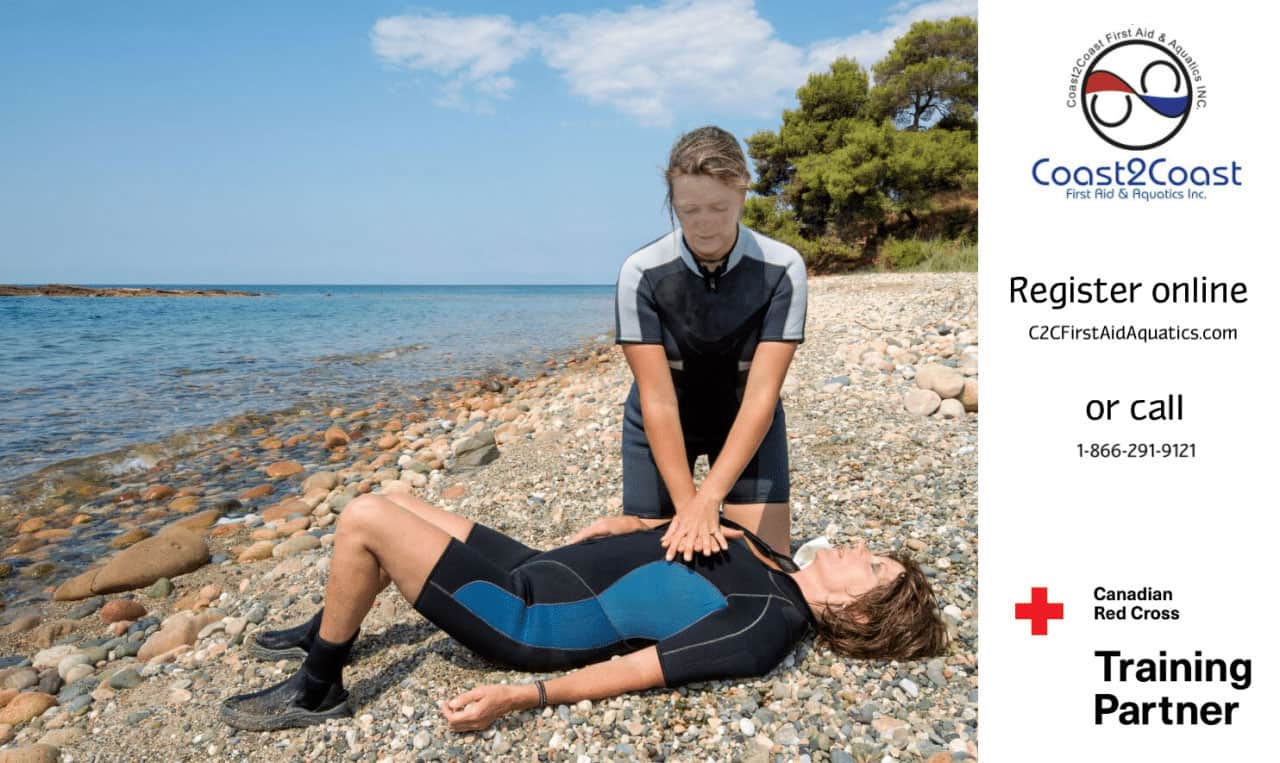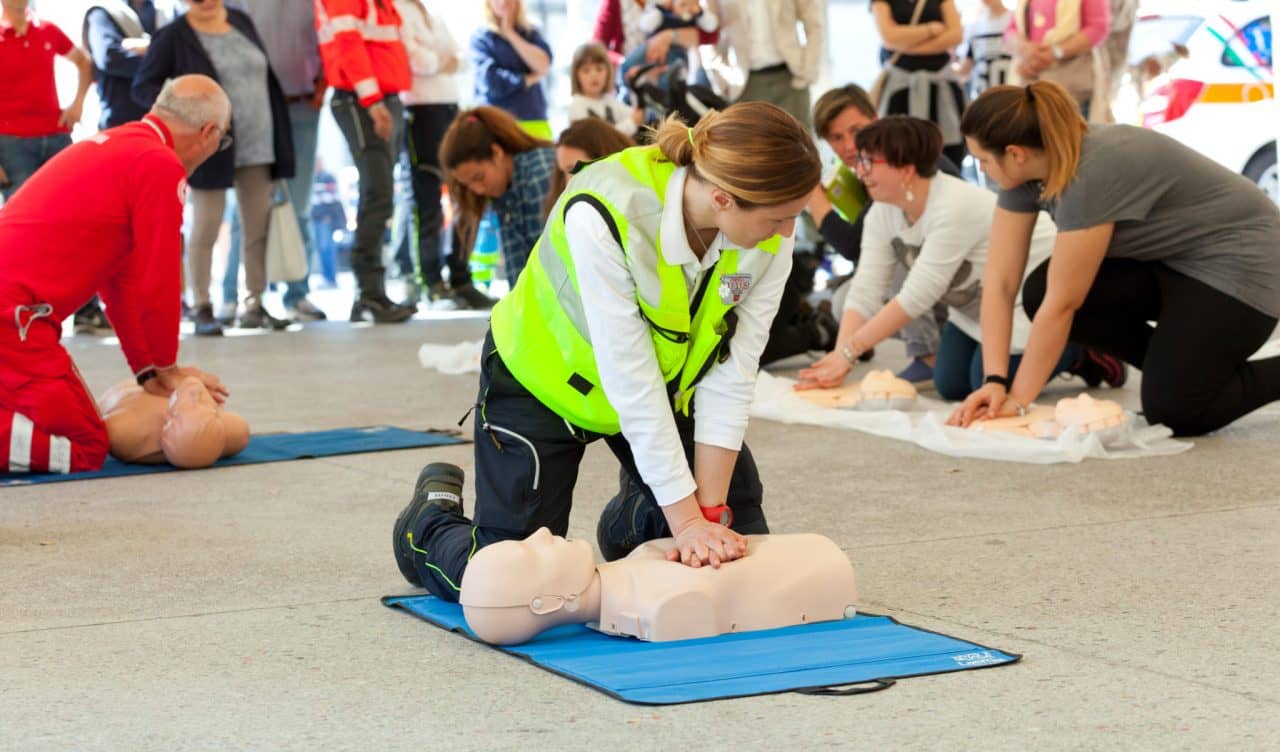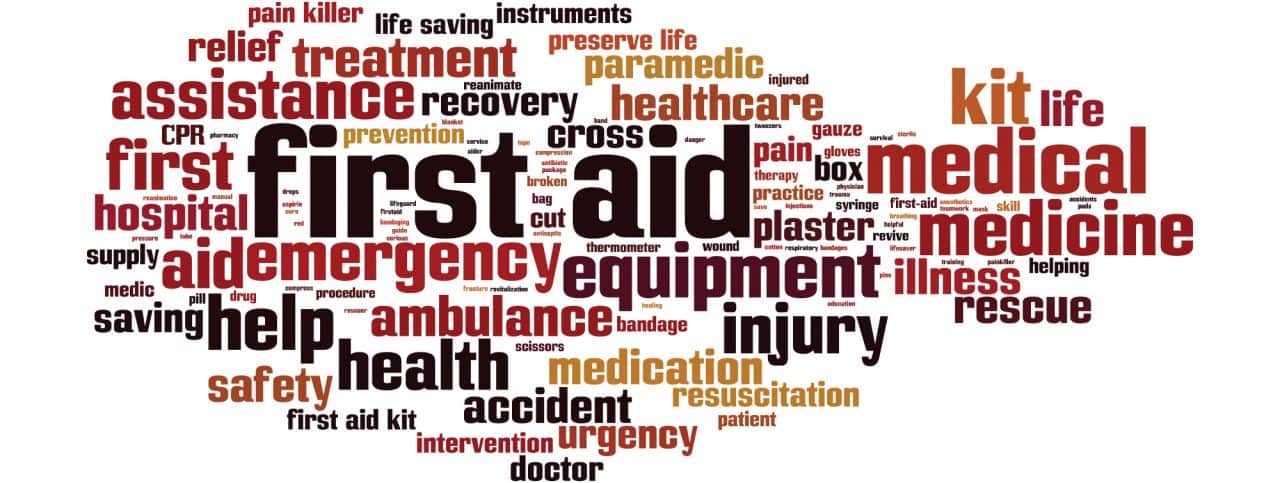At Coast2Coast, we continuously want to bring awareness of conditions that can be helped with CPR/AED and First Aid training. This November, we want to bring attention to Diabetes, as World Diabetes Day is on November 14th.

Over 11 million Canadians are diagnosed with diabetes, or pre-diabetes. Did you know every 3 minutes, a Canadian is diagnosed with diabetes?! Considering that almost 1 in 3 Canadians have some form of diabetes or pre-diabetes, it is easy to say we probably know at least one person with diabetes. In that case, we need to understand what exactly diabetes is, what happens if a diabetic emergency happens to someone around us, and how we can be prepared for a diabetic emergency.
What to know about Diabetes?
Diabetes is a chronic condition, which is characterized by the body’s inability to process glucose (commonly known as sugar) in the bloodstream.
The pancreas, which sits right behind the stomach, releases insulin, a hormone that causes glucose to move from the bloodstream into your cells, where it is used to create energy for the body.
For someone who has diabetes, the pancreas either deteriorates the insulin before reaching the bloodstream, or the body’s cells are unable to reciprocate to insulin. With ether scenario creates an abnormal increase of glucose to the body.
A person with diabetes can manage their condition, by injections of insulin or oral medication. A well-balanced diet and healthy & regular exercise regime plays a huge role in maintaining a healthy body with diabetes as well.
The timing of meals and snacks is critical along with proper use of medication to maintain their insulin levels. When daily routine is disrupting this routine, either by going on a holiday, or becoming ill and not taking diabetic medication, can fluctuate the sugar levels more than usual.
Types of Diabetes
There are two types of diabetes: Type 1 and Type 2. Type 1 appears when the immune system mistakenly attacks and kills the beta cells in the pancreas. This causes small amounts, or even no insulin to be distributed in the body. As a result, sugar builds up instead of being used as energy. Only ten percent of people with diabetes have type 1 diabetes. Type 1 diabetes normally develops in childhood or adolescence, but can develop in adulthood as well. Type 1 is always prescribed with insulin. A planned diet also helps with keeping blood sugar at the right levels.
Type 2 diabetes takes place when the body can’t properly utilize the insulin that is released (insulin insensitivity), or does not create enough insulin. About ninety percent of people with diabetes have type 2 diabetes. Type 2 diabetes is often diagnosed as an adult, but can be diagnosed to children in extreme cases. It requires a healthy meal plan, daily exercise and medication such as insulin or glucose tablets.
There is also pre-diabetes, with estimates of almost 6 million Canadians carrying the condition. Prediabetes refers to glucose levels that are above the average level, but still are not high enough to be considered for type 2 diabetes. Although not everyone with prediabetes will develop type 2 diabetes, most people will.
It is very important to know if your body contains prediabetes, because extensive medical research has determined that some long-term complications associated with diabetes (heart disease, strokes, ulcers) may begin with pre-diabetes.
What Kind of Diabetic Emergencies Can Occur?
With low levels of insulin can result in either two ways: hypoglycemia and hyperglycemia.
Hypoglycemia develops when insulin levels are too high in relation to the level of glucose in the body. Small doses of glucose are burned easily through energy, and with missing meals and snacks, exercising more than your daily routine, can offset your balance and cause an insulin shock. It is the most likely cause of diabetic emergencies.
Hyperglycemia develops when insulin levels are too low and the level of glucose in the body is higher than average. If one who has diabetes eats more than usual, does not exercise, and does not take proper medication can result in a diabetic coma.
If one is suffering from a diabetic emergency, the most common symptoms to watch out for include:
- Non-responsive communication
- Behavioural changes including confusion, irritability, or aggression
- Rapid breathing
- Cool, balmy skin
- Very pale skin
- Appearing as intoxicating (e.g., slurred speech, difficulty walking)
- Feeling ill
- Seizures
What Do I Do If Someone Has A Diabetic Emergency?
CALL 911 if:
- You are unable to give the person sugar
- The person is not fully awake
- The person has a seizure
- The person does not respond after ten minutes of given sugar or insulin
If the person is unable to follow simple commands, to swallow safely, or is unresponsive, ensure that 911 has been called, and place the person in the recovery position.

If they are able to follow simple commands, answer questions, and swallow safely, offer 15 to 20 grams of sugar.
Check the nutrition facts on packaged products to determine how much to provide to the victim. The following are samples of sugar to give, listed in order of preference:
- Oral glucose tablets
- Chewable candy
- Fruit juice
- Fruit strips
- Milk
- Other forms of sugar, such as non-diet pop or a spoonful of granulated sugar mixed into a cup of water
Monitor the person’s condition for 10 minutes:
- If the person’s condition declines or fails to improve within 10 minutes, call 911 and provide more sugar if it is still safe to do so
- If the person’s condition improves, suggest that they have a full meal and contact their doctor if needed
Some people with diabetes may have a prescribed glucagon (similar to insulin) kit to use in case of an hypoglycemic emergency.
Glucagon is a hormone that prompts the liver to dispense glucose into the bloodstream. The glucagon kit is only used when the person is unresponsive, or is unable to swallow.
Only those who have been properly trained to use glucagon kit may administer this medication. For someone who has diabetes, they will often reach out to those who they spend frequent time with (co-workers, fellow students, teachers, coaches, family members, close friends) to ask if they may receive training to learn how to administer a glucagon injection.
If you know someone who has diabetes, ask them about it, and see how often they have had diabetic emergencies. If you spend a reasonable amount of time with this person, have your surroundings prepared such as:
- Soft area to lie down (blanket or pillow)
- Have dispensary sugar or oral glucose tablets on hand
- A charged phone to be able to call 911 if needed
- Knowing where the person with diabetes carries their insulin or glucagon kit
At Coast2Coast First Aid, we provide training to know about diabetes and how to help those in diabetic emergencies through our Emergency and Standard First Aid courses. You will learn hands-on what to do in various situations, as well as how to implement insulin or glucose tablets. With over a third of our population carrying some form of diabetes, we need to be ready for any situation, which you can do by registering for Coast2Coast First Aid today!
Register for First Aid Training
Register today for a First Aid Training course and learn how to deal with emergencies and keep your loved ones safe! Check out our facilities and book your spot now.
